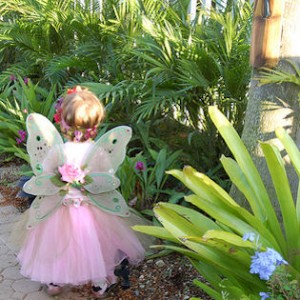 As I’ve often noted, humans are a storytelling species. We grow and evolve as a society by developing new cultural narratives to explain our surroundings and the events of our lives. As we gain more understanding of a particular subject, we create new metaphors and myths to represent it.
As I’ve often noted, humans are a storytelling species. We grow and evolve as a society by developing new cultural narratives to explain our surroundings and the events of our lives. As we gain more understanding of a particular subject, we create new metaphors and myths to represent it.
The article Alien Baby, posted last Friday here on Shift Journal, illustrates how such representations change over time. Its author, Sarah Schneider, takes issue with the metaphor of the autistic child as an alien without parents of its kind. She points out that she always has recognized many of her own traits in her autistic child.
When Jim Sinclair compared autistic children to aliens in the widely read article Don’t Mourn for Us almost two decades ago, the metaphor challenged a much older cultural myth—that of the changeling. With its origins in medieval times, the changeling narrative described the autistic child as an empty shell lacking the basic attributes of humanity, an intolerable burden upon parents who had been tragically deprived of the normal child they were meant to have.
Against this backdrop, Sinclair sought to turn our culture away from its focus on parental feelings of loss, encouraging the article’s readers instead to consider the child’s experience of being different and misunderstood. The narrative of the autistic child as an alien went a long way toward bringing about greater empathy and understanding.
Now another cultural shift seems to be underway with regard to public perceptions of autism, as Sarah Schneider’s article indicates. Rather than emphasizing the differences between parent and child, our society is becoming more comfortable with the idea that autistic traits are found throughout the population and that it’s rather common for parents of an autistic child to have characteristics similar to their child.
Measured on the scale of history, this change in our cultural myths is taking place in an amazingly short period of time. For several centuries, autistic children were often seen as something literally out of a fairy tale—as changelings left by the fairies in place of some other child, bringing misfortune to the parents. Over the past two decades the alien-child metaphor has made our society more willing to consider the child’s needs and feelings, but it also has characterized autistic children as being fundamentally different from their parents’ family. As we continue the difficult process of adapting to the many changes and discoveries of modern life, we have become capable of understanding that we don’t have anything like fairy-children or aliens spontaneously appearing in our midst; and we’re starting to grasp the concept that The Other is—to a large extent—ourselves.
Gwen McKay on 12/1/10 in Art/Play/Myth, featured | 2 Comments | Read More
Comments (2)


This is definitely a more rapid change than human beings are used to seeing-and that speed has caused its own resistance. But the speed of change is also understandable. We are able to connect with each other more readily, and see through our collective experiences that the “other” truly is ourselves.
Thanks much! I wanted to say something along these lines for the ending of my post today, but couldn’t get the words quite right, so quoted you instead.